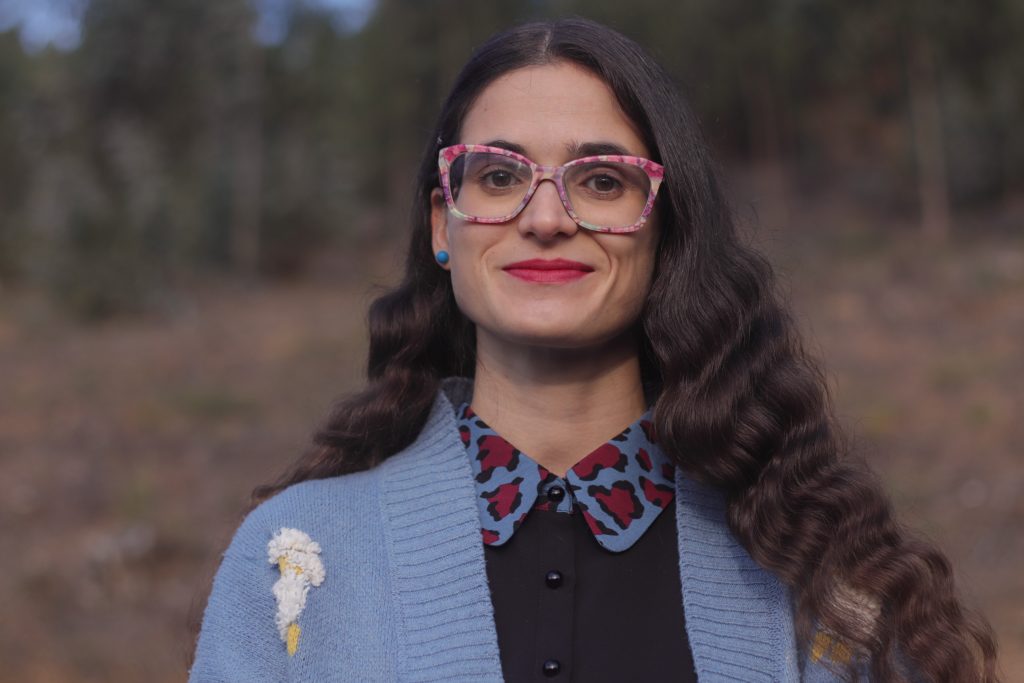
Born in Aveiro (Portugal), degree in Geology (Faculty of Sciences of the University of Lisbon, with last year at Universidad Complutense de Madrid). PhD in Palaeontology and Stratigraphy at the University of Lisbon in 2017 (Trilobites from the Upper Ordovician of the Portuguese Central Iberian Zone). Post-doc researcher (New University of Lisbon; 2018-2019) of the EIT Raw Materials Project “TravelEx”. Currently, she is a researcher at the Centro de Geociências of the University of Coimbra and a volunteer professor at the Earth Sciences Department of the University of Coimbra (Portugal). Her fields of research are the systematics, biostratigraphy and palaeoecology of trilobites (lower Palaeozoic of the high-latitude peri-Gondwana realm); Ordovician paleobiogeography and geodynamics; Ordovician Portuguese Stratigraphy and Geological Mapping. In ancient dark times she was also dedicated to bioerosion of Miocene bivalve shells and the outreach of metallic mineral resources. Generally, she has a good temper (but don’t ask her mother).
.
.
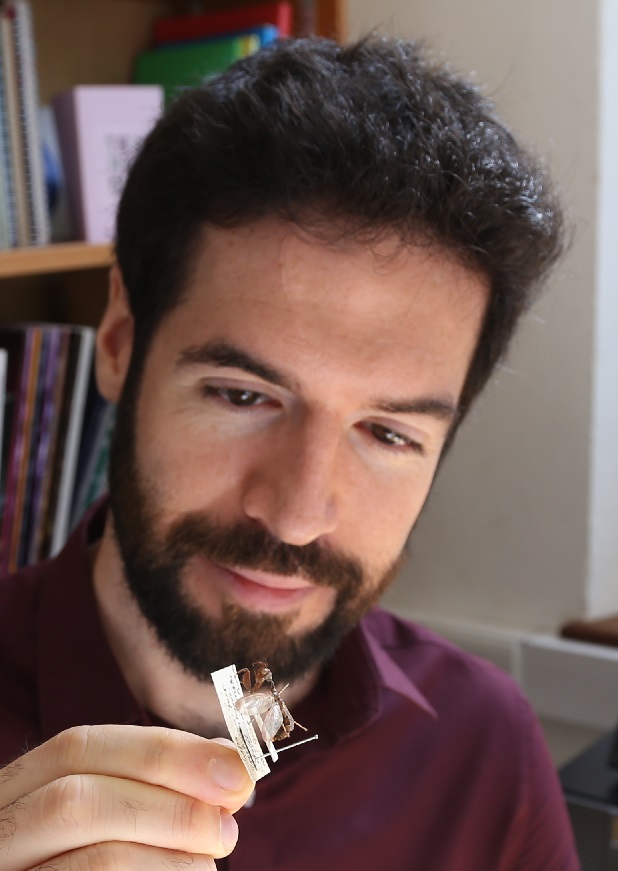
Ricardo Pérez-de la Fuente is a palaeobiologist focussing on fossil arthropods −namely insects and arachnids− and their ability to shed light on past terrestrial ecosystems and their dynamics in deep time. Although rooted in morphology and systematics, his work seeks to extract palaeoecological, palaeoethological, and taphonomic data. He obtained a BSc in Biology, an MSc in Palaeontology, and a PhD in Earth Sciences at the University of Barcelona. Ricardo then was a postdoctoral fellow at the Museum of Comparative Zoology (Harvard University) from 2013 to 2017, where he led the digitisation efforts on the F. M. Carpenter collection, one of the premier fossil insect collections worldwide. In 2017, he became a Museum Research Fellow at Oxford University Museum of Natural History (www.oumnh.ox.ac.uk), where since 2021 he is the current Deputy Head of Research.

Oxford Museum of Natural History
.
.
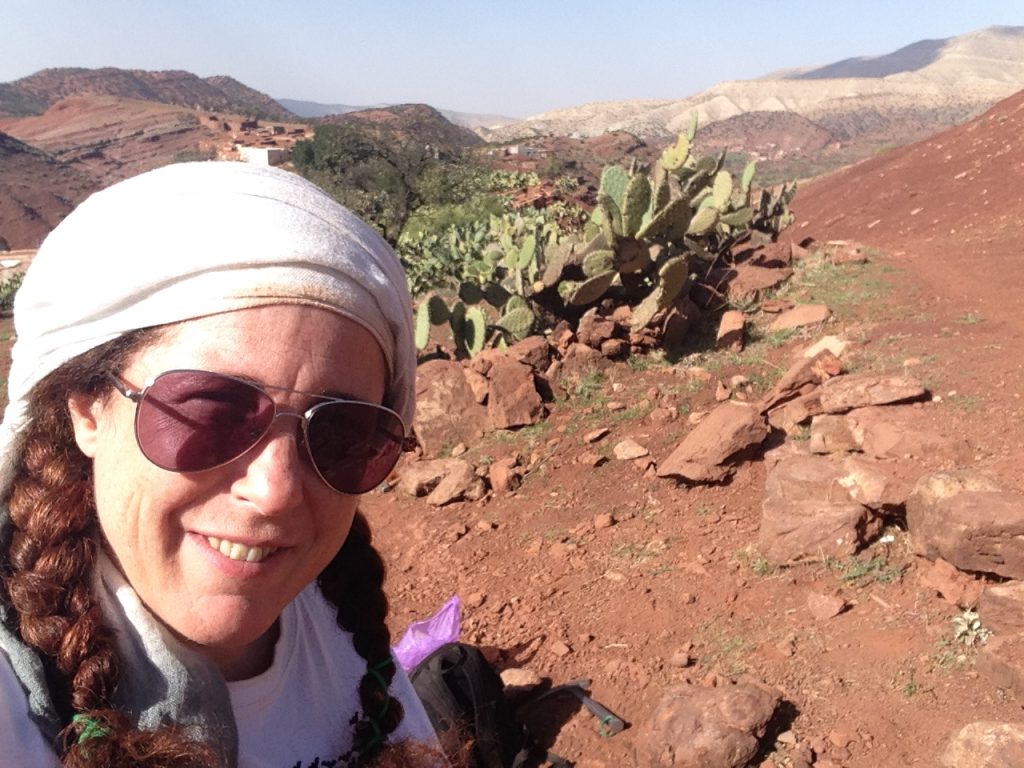
Julia Brenda Desojo mainly works on Archosauriform anatomy, evolution, and Palaeobiology, but is interested in everything to do with Triassic terrestrial ecosystems. She got an MSc. from the Universidad Nacional de La Plata of Buenos Aires in 1997 and a PhD from the Universidad de Buenos Aires of CABA in 2005. As a postdoc at the Bayerische Staatssammlung für Paläontologie und Geologie in Munchen, Germany, she initiated an extensive fieldwork project in continental Triassic rocks of La Rioja Province, Argentina, which has yielded abundant new data on Triassic terrestrial ecosystems in South America, also fieldworks in Morocco and South Africa. Since taking on the job as a researcher at CONICET at the Museo Argentino de Ciencias Naturales (MACN) in CABA in 2007, and the Museo de La Plata (MLP) in Buenos Aires in 2016, she has increasingly worked on basal archosaurs anatomy and paleobiology. Since 2015 she furthermore holds a post as a teaching assistant at the Facultad de Ciencias Naturales y Museo in La Plata.

.


Museo de La Plata / CONICET La Plata
.
.
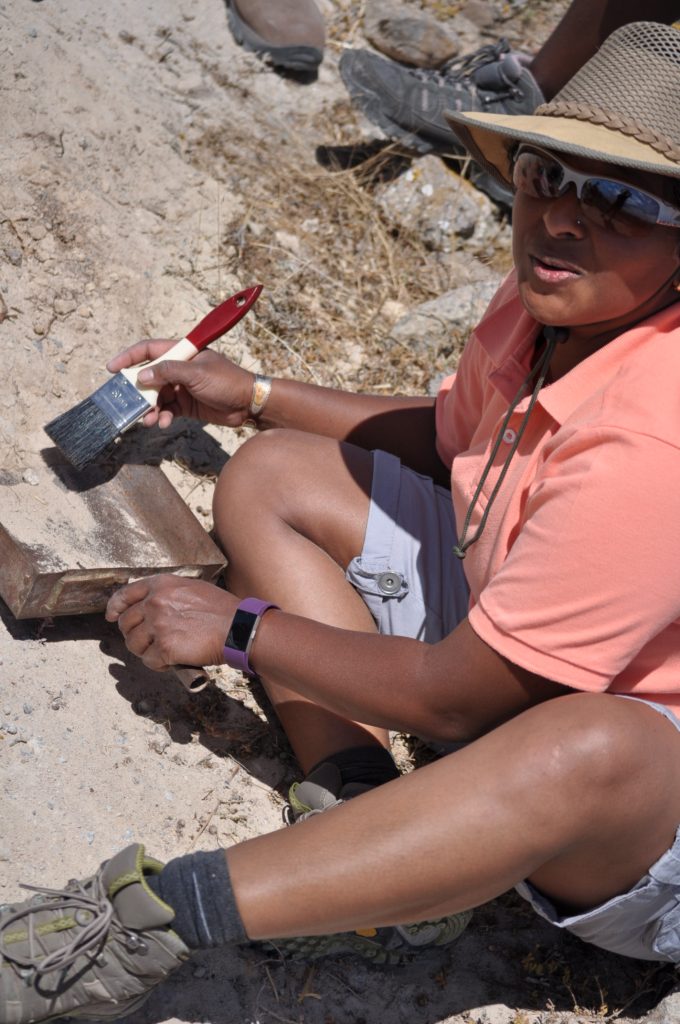
Romala’s palaeontology career began more than twenty years ago through the study of Karoo palaeontology. She obtained her MSc (2002) studying the postcranial anatomy of the Permian dinocephalian, Tapinocaninus pamelae, the first study of tapinocephalid postcranial anatomy in over 20 years, including a description of the first complete tapinocephalid vertebral columnand PhD (2006) studying Triassic dicynodont postcranial anatomy focusing on Kannemeyeria simocephalus identifying a second postcranial morphotype (no skull) in South Africa’s Cynognathus Assemblage Zone, Trirachodon-Kannemeyeria Subzone (Subzone B). In 2009, as a postdoctoral fellow at the Biological Sciences Department, University of Cape Town, she began her study of Mio-Pliocene fossil marine mammals for the first time in 30 years starting with Langebaanweg. She is uniquely qualified as the only South African palaeontologist studying Cenozoic marine mammals and, to a lesser degree, the occurrence of sharks. Her research has expanded to focus on the Mio-Pliocene fossil marine mammals from the west coast of Southern Africa and applying new techniques to understand the marine mammal fauna populations, taphonomy, palaeoecology and their environment as well as the faunal changes that have occurred in both over the past 5 million years. The success and results of these studies saw her obtained her NRF C rating.
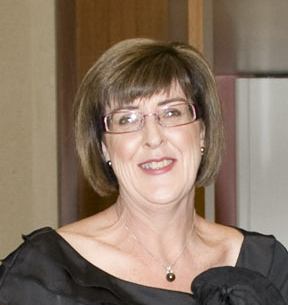
John Curtin Distinguished Professor Kate Trinajstic has been a researcher in palaeontology at Curtin University since 2009, first as a Curtin Research Fellow and then as a QEII Fellow. Kate’s research focus is the application of synchrotron tomography, especially in the discovery and mapping of soft tissue in early jawed fishes placoderms. She works primarily on the fossils from the Gogo Formation, a Late Devonian Lagerstätte and was co-discoverer of the first evidence of live birth in placoderms and led research that showed the 3D preservation of a heart, liver, stomach and intestines in an arthrodire placoderm. Kate was awarded the Malcolm McIntosh Award for Physical Sciences, one of the Australian Prime Ministerial Awards in 2010. In 2000 she was awarded her PhD from the University of Western Australia.

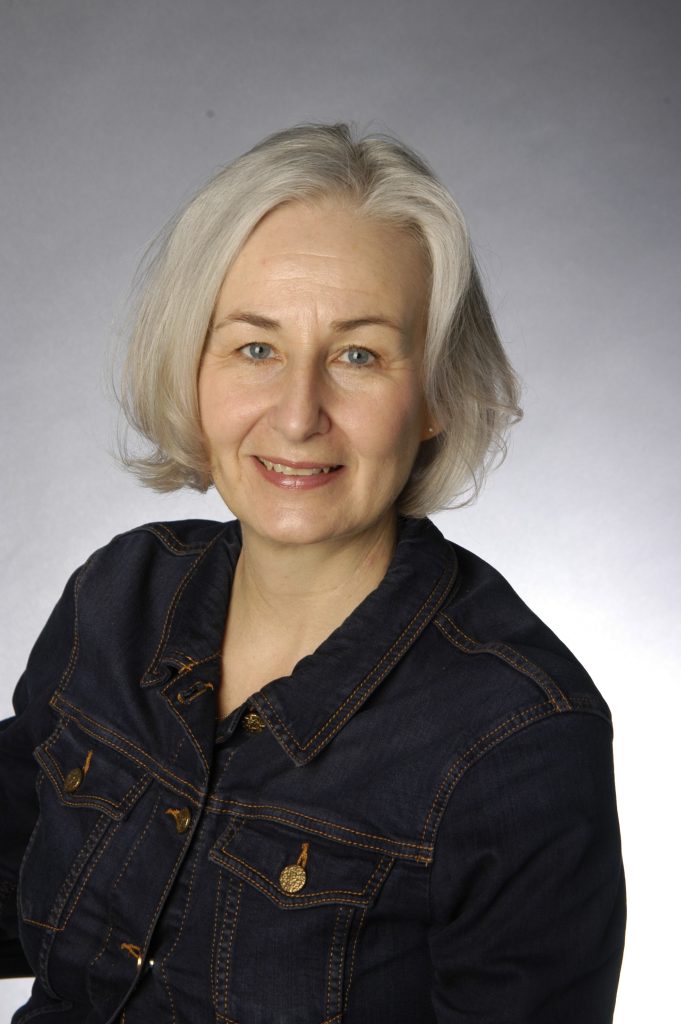
Dr. Gertrud Rößner, nowadays is senior curator of fossil mammals at Bayerischen Staatssammlung für Paläontologie und Geologie (München, Germany). Her expertise is the evolution and diversity of mammals and their habitats. It is based on many years of experience in collection work, research, public relations and teaching in mammal palaeontology. Fossil teeth and bones play a dominant role in this, because they are by far the most common things left over from extinct mammals and also contain a lot of information. I am interested in all levels of biological organisation, from faunal composition and species distribution in time and space, to skeletal and dentition structure, to the microscopic structure of hard tissues and genomes. For my studies I use classic methods like comparative morphology and anatomy, taxonomy and stratigraphy, building on these with a variety of modern analytical techniques in collaboration with other experts. The aim of my work is to integrate the results into existing frameworks of earth and life sciences and to reconstruct processes leading to modern biodiversity. One focus of my research is the group of ruminants (Ruminantia).
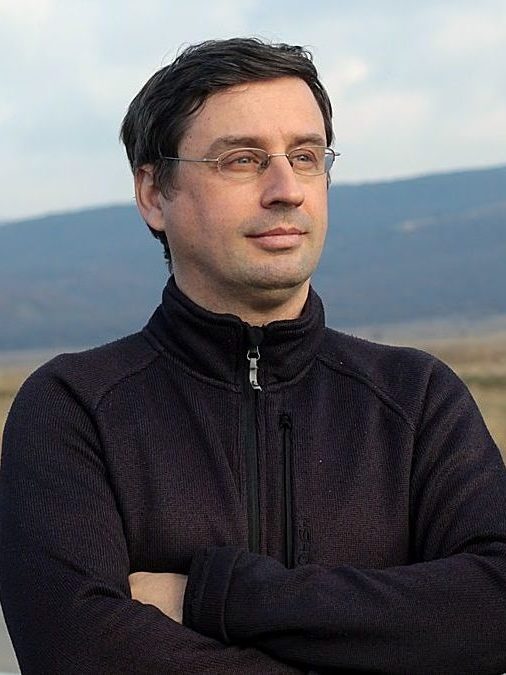
Prof. Mihai Emilian Popa focuses on floras of various ages, ranging from Late Carboniferous to Late Cretaceous, from Romania, Greenland, and China. He is teaching at University of Bucharest since September 1994, with a focus on Palaeobotany, Palynology and Coal Geology. Since 2019, Mihai began teaching also at Southwestern Petroleum University in Chengdu, Sichuan. He is currently Chair of the Doctoral School of Geology, Faculty of Geology and Geophysics, University of Bucharest. His studies in Jurassic Palaeobotany began in 1990 in Anina, South Carpathians, Romania, an old coal mining center and a fossile-Lagerstatte locality for Early Jurassic continental biotas. Coal mines of the South Carpathians represented unique windows for understanding the Carboniferous, Permian and Jurassic terrestrial environments, with Anina the jewel in the crown of the Carpathian localities with fossil floras. Opened in 1792 and closed in 2006, Anina recorded more than 120 km of underground galleries, and 1300 m in depth. Such underground mining works enabled Mihai to study coal bearing formations three-dimensionally, with precise stratigraphic and spatial collecting possibilities.
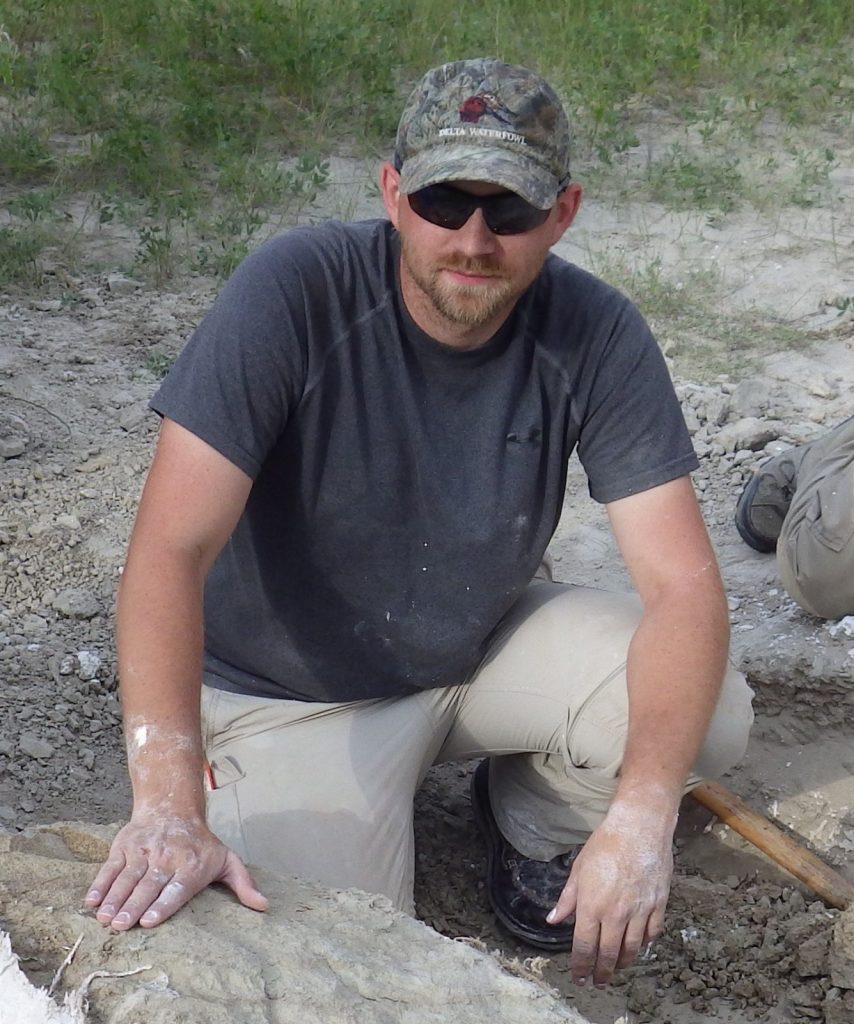
Clint Boyd is the Senior Paleontologist for the North Dakota Geological Survey and Curator of the North Dakota State Fossil Collection. He manages the State’s Fossil Resource Management Program and oversees an expansive Public Fossil Dig program that works with hundreds of people each summer to discover, collect, and preserve North Dakota’s prehistoric past. His dissertation work focused on the anatomy and systematic relationships of ornithischian dinosaurs, with a focus on thescelosaurids. He later served as the Haslem Postdoctoral Fellow at the South Dakota School of Mines & Technology studying the diversity of Eocene and Oligocene mammals in the Great Plains Region of North America. In addition to that work, his current research includes the diversity of mosasaurs from North Dakota and exploring the biostratinomy and diagenesis of well-preserved dinosaurian “mummies” from North America.

